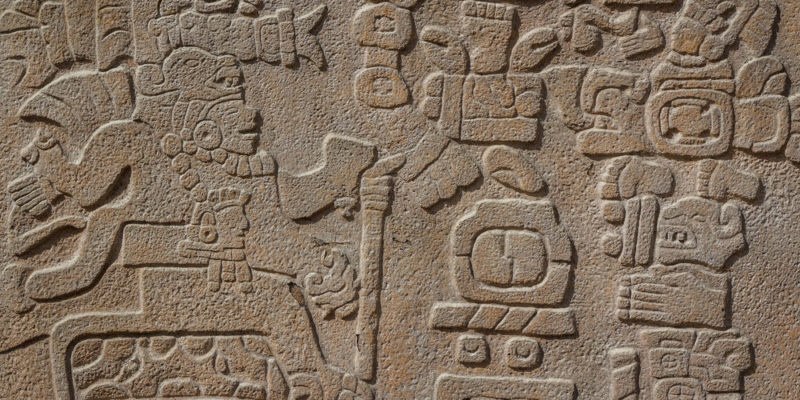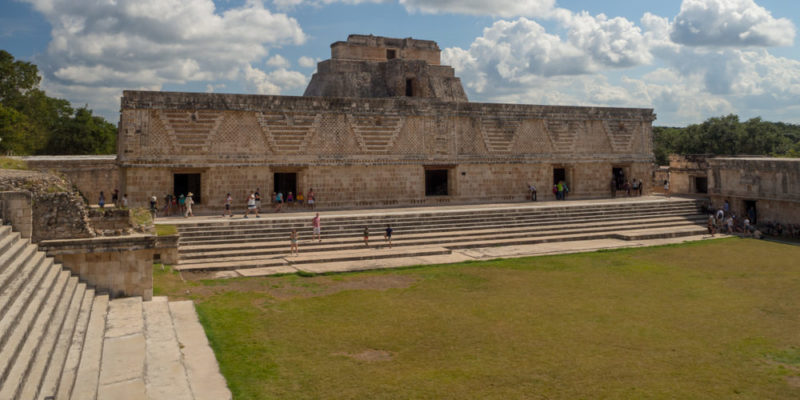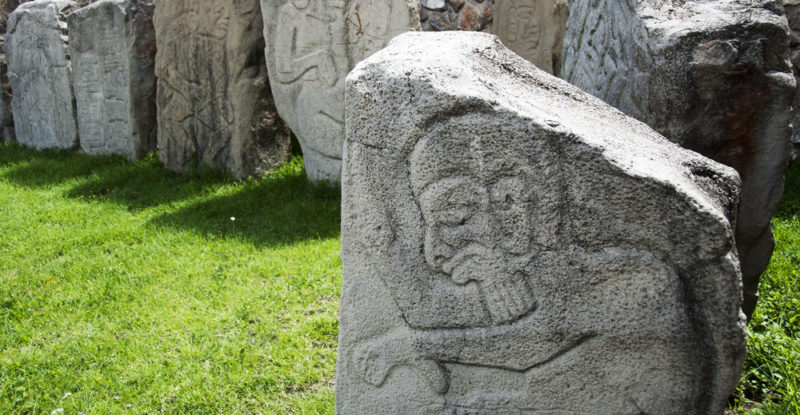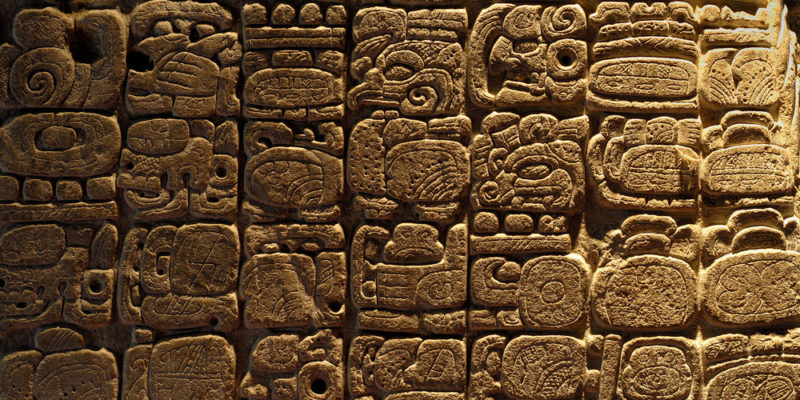We explain what the Zapotec culture is and how they organized themselves socially and politically. In addition, its characteristics, religion and economy.
What is the Zapotec culture?
The Zapotec culture is one of the oldest and most important in Mesoamerica , and was an icon of the artistic expression of the Zapotec peoples during the pre-Columbian era (between 500 BC and 900 AD).
Zapotec social organization
 The Zapotecs had a pyramidal social structure composed of:
The Zapotecs had a pyramidal social structure composed of:
- The rulers. They represented the top, made up of nobles and priests.
- The elite. Composed of warriors, chiefs and government officials.
- The merchants. They were part of the rest of the population, only they had a few privileges.
- The population . They were part of the lowest and majority stratum, made up of peasants, artisans and slaves.
Zapotec political organization
The Zapotec peoples were characterized by the military development that allowed them to expand their culture , under the command of a religious monarchy . The most important cities of this civilization were Monte Albán, Yagul, Teotitlán and Zaachila, which they managed to dominate through commercial links. with neighboring Olmecs and by military conquest and capture of rival rulers of nearby towns.
Zapotec architecture
 The Zapotec culture stood out for its advanced architectural level with imposing buildings, such as Monte Albán , made up of a set of sacred temples and large staircases. Inside, the spacious rooms were spaces for recreational activities such as ball games in which the losers were sacrificed.
The Zapotec culture stood out for its advanced architectural level with imposing buildings, such as Monte Albán , made up of a set of sacred temples and large staircases. Inside, the spacious rooms were spaces for recreational activities such as ball games in which the losers were sacrificed.
Zapotec economy
 The economy of the Zapotec culture was based on agricultural activities and, to a lesser extent, on hunting, both for subsistence and for trade with other peoples.
The economy of the Zapotec culture was based on agricultural activities and, to a lesser extent, on hunting, both for subsistence and for trade with other peoples.For the development of agriculture, they applied their knowledge in architecture and engineering through the construction of artificial terraces on the slopes of the valleys, located in a staggered manner. In this way, they provided water to cultivated land.
Zapotec religion
 The Zapotec culture practiced a polytheistic religion , that is, they believed in multiple gods such as Tlatlauhaqui (god of the sun and the stars), Cocijo (god of thunder), Pitao Cozobi (god of corn ) and Coqui Bezelao (god of the dead). ). However, they worshiped an older and ruling god called Totec.
The Zapotec culture practiced a polytheistic religion , that is, they believed in multiple gods such as Tlatlauhaqui (god of the sun and the stars), Cocijo (god of thunder), Pitao Cozobi (god of corn ) and Coqui Bezelao (god of the dead). ). However, they worshiped an older and ruling god called Totec.The Zapotecs believed in superstitions , the most common being the so-called "Nahualism". It consisted of placing ashes in the hut of each newborn so that, the next day, they would show the drawing of the footprint of an animal that would represent the personality of the child.
Contributions of the Zapotec culture
 Part of the Zapotec culture has been captured in the form of hieroglyphics on stones, monuments and deer skins , through a logophonetic writing system where each syllable was represented individually.
Part of the Zapotec culture has been captured in the form of hieroglyphics on stones, monuments and deer skins , through a logophonetic writing system where each syllable was represented individually.They developed two types of calendars:
- The solar calendar. It was used for agricultural purposes. It had 365 days distributed in 18 months, each month had 20 days and 5 additional days.
- The ceremonial calendar. It was used for religious purposes and to name newborns. They applied knowledge of astronomy and had 260 days distributed in 20 months of 20 days each.
The above content published at Collaborative Research Group is for informational and educational purposes only and has been developed by referring to reliable sources and recommendations from technology experts. We do not have any contact with official entities nor do we intend to replace the information that they emit.
She has pursued her studies in The United States, where she has graduated in Business and Economics and is currently finishing her Master studies in International Economics and Finance. Miss. Amputee is fluent in three languages: English, Spanish and Russian and has elementary knowledge of French and Italian. She love exploring how Collaborative Research Group can become the best tool to achieve the (necessary) educational change. .
Leave a reply
Your email address will not be published. Required fields are marked *Recent post

Sport: What Is It, Types, Risks, Features, Characteristics and Examples

Dogs: Emergence, Features, Characteristics, Feeding and Breeds

Story: Definition, Elements, Structure, Features and Characteristics

